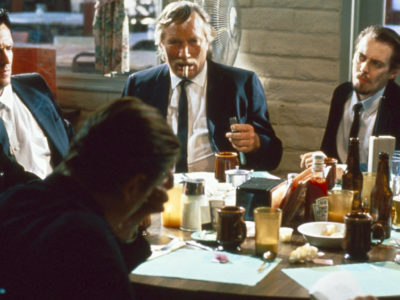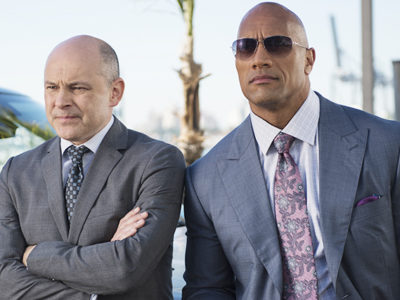
How to put a stop to fake news
How to put a stop to fake news
BY: BENJAMIN "BENJI" KARMIS
Fake news: It’s in dictionaries, its become a meme, it won the 2016 Lie of the Year, and it even almost destroyed two Kenyan villages. Still, no matter how far left or right your political opinions sway, it’s universally disliked whether your a business or an individual, but how does Facebook fix the growing issue? Let’s be very, very careful with our sources, and find out for ourselves.
First, we must identify what makes something fake news. Though the phrase was only coined recently, the problem has been around for as long as human’s have had a printing press in primarily three forms: 1) Misinformation generally refers to accidental claims based on wrong rational data, such as to believe that the earth was flat. 2) Propaganda is the opposite of misinformation in that it is intentional, intentionally distributing lies by relying on emotions, like when the Church used bogus warnings from God to spark disbelief in Galileo’s research on an Earth-centered solar system. 3) Then there is disinformation, or the intentional fabrication of false claims by using incorrect rationality. A recent example could be from rapper B.o.B., who is supposedly building his own satellite to prove the earth isn’t round. B.o.B.’s claim that earth is flat simply must be some disinformed publicity stunt because there’s no way a musician who has a song called “Airplanes” with almost 400 million views on YouTube hasn’t taken a single glimpse at earth’s curvature through the window of one while up in the sky.
B.o.B. is fake news, so why blame Facebook? Because its billion users could freely share whatever article they want to, regardless of how true it is. Facebook announced its official counter for fake news last December, offering users the option to flag questionable posts for fact-checking by a third party. If the news is proven fictitious, it will be labeled as such, but there are problems with this procedure. For one, the change wasn’t well known. It apparently rolled out in March, but we certainly didn’t know it’s there. Did you? The other problem was Facebook’s recent blunder of removing references to Russia in its public fake news report. These kinds of fumbles still keep America holding Facebook responsible for all of this.
How doomed are we all if Facebook isn’t stopping fake news from taking over? The only way is to not rely on Facebook. Do your own research, and make your own conclusions. If any story gives you a single hair of doubt in any kind way, just “Google it.” Find a similar article on a reputable website and be conscious of claims made stating a story is a fake, and have a couple authenticity-checking websites at your fingertips like Politifact so you can breeze through the news like Macklemore navigates a thrift shop. Of course, always look for sources in your articles. We really love our sources here at WestwoodWestwood, so you’re safe with us (20+ in this one, but who’s counting?).
Facebook tried to crack down on it, but its obstacles aren’t the end of the world for us. Like most other things in life, you are the only one responsible for formulating your own opinions. So don’t let The Onion get you up in arms over their satirical stories and be skeptical of that weird person from high school who posted some link from a website you’ve never heard of about the world ending soon. Do a bit of research, make your own conclusions, and you’re going to be fine. We’ll probably never fully stop fake news, but we can learn to spot it better as a society. And hey, while we’re at it, maybe we can do our part to end clickbait as well.





